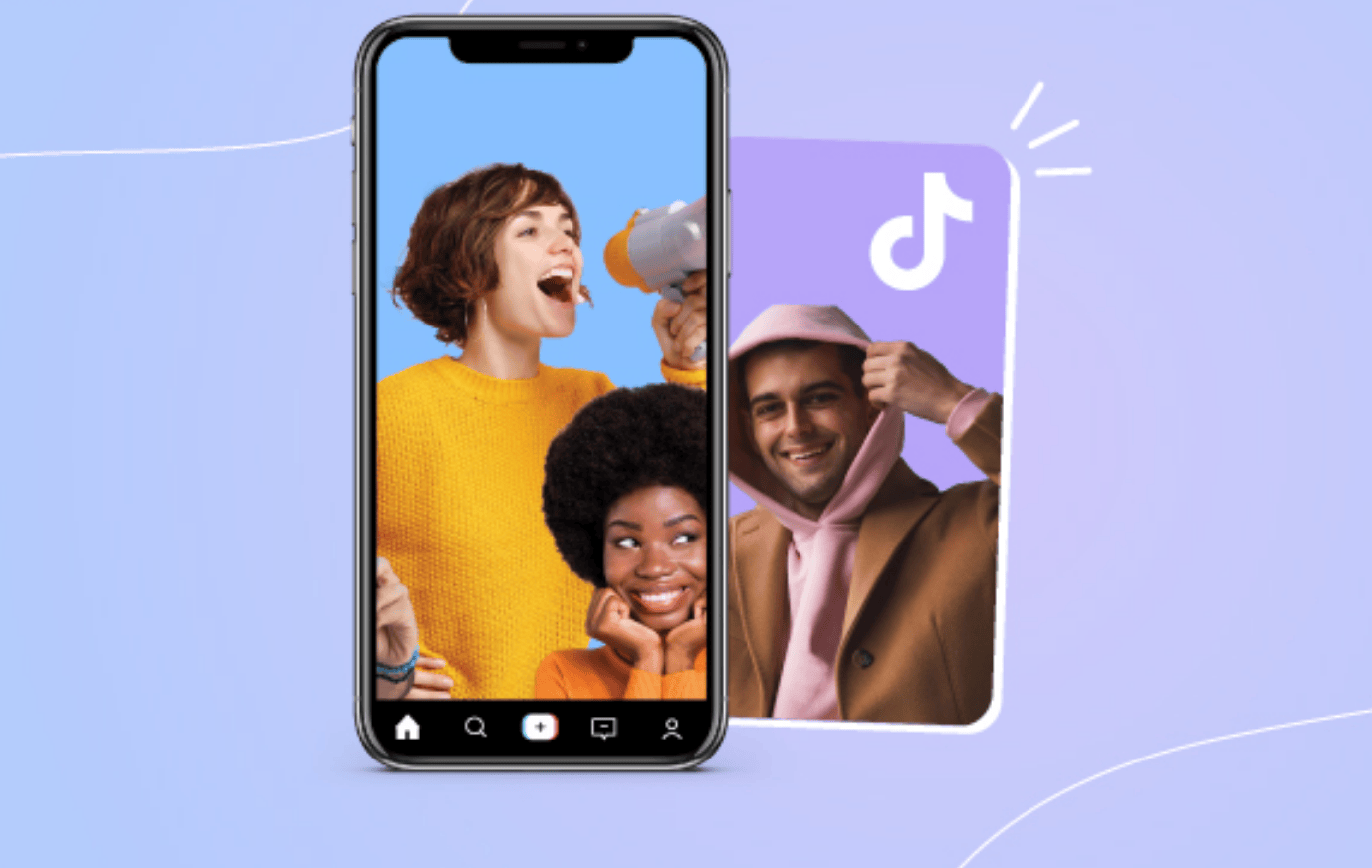How to Succeed as a UGC Creator: Strategies, Skills and Tips

User‑generated content has evolved into a profession in its own right. Brands now seek out creators who can produce authentic photos, videos and testimonials that feel like recommendations from peers rather than scripted adverts. TikTok’s #UGCCreator hashtag alone has more than 1.7 million posts, signalling how mainstream the practice has become. Unlike traditional influencers who typically publish content on their own channels for an audience they’ve cultivated over years, UGC creators deliver content for brands to use in paid social ads, product pages or organic posts. Many newcomers are drawn by flexible work and the possibility of turning creativity into revenue, but success requires more than simply filming a few clips. Aspiring creators must understand the industry, develop production skills, choose the right niche and market themselves effectively.
Understanding the difference
Influencers and UGC creators both contribute to online conversation, yet they operate differently. Influencers build personal brands and monetise their audience by promoting products. UGC creators, by contrast, provide assets directly to brands; their work appears on brand channels rather than personal feeds. This distinction means creators don’t need huge followings; they need storytelling skills, production quality and the ability to convey a brand’s value authentically. Brands hire them because consumers trust peer‑like recommendations more than polished ads. User‑generated posts feel genuine and reflect real experiences, driving higher engagement and conversions. According to industry reports, UGC can double conversion rates and significantly increase revenue per visitor. It’s also cost‑effective compared with influencer or studio‑produced content, making it attractive to businesses with limited budgets.
Steps to become a successful UGC creator
Choose your niche. Focusing on a specific category—such as skincare, gaming, fitness or travel—helps you stand out. Brands look for creators who understand their products and audiences intimately. Study what types of content resonate and follow competing products to see how they’re marketed. A niche builds credibility and makes it easier for brands to discover you.
Invest in the right equipment. While UGC doesn’t need to look like a commercial, brands expect clarity and professionalism. A modern smartphone can shoot in 4K, but audio often requires a lavalier microphone. Good lighting ensures your subject is visible and colours are accurate. Start with free editing tools like CapCut or iMovie and graduate to professional software as you grow.
Build a portfolio. You don’t need brand contracts to start producing. Use items you already own and create videos demonstrating how you use them. Share honest reviews and highlight benefits. Treat each piece like a client project by following brand guidelines, framing shots carefully and maintaining consistent lighting. A strong portfolio showcases your style and helps you practise filming, editing and storytelling.
Hone your storytelling. Successful content tells a mini narrative that resonates. Hook viewers in the first few seconds, present a relatable problem, demonstrate the product as the solution and end with a call‑to‑action. Keep clips short and transitions smooth. Because you’re both director and editor, continuous practice will sharpen your craft.
Pitch yourself. Identify brands that align with your niche and style. Research their marketing to see if they use UGC. Draft concise pitches explaining who you are, your expertise and how your content can help them achieve goals. Include links to your portfolio and suggest deliverables. Tailor each message rather than sending a generic template and follow up respectfully if you don’t hear back.
Join UGC platforms. Marketplaces like Lemyi and other brands out there. Complete your profile with samples, niches and equipment details. Many brands also scout creators on social media; maintain active profiles that showcase your style. Engage with other creators to exchange feedback and stay informed about rate standards.
Price your work fairly. Rates vary depending on deliverables, usage rights and experience. Research standard fees in freelance communities. Consider factors such as exclusivity and usage length when negotiating. Always get agreements in writing to protect your rights.
Continue learning. Digital platforms evolve quickly. Stay current by following marketing blogs, studying trending video formats and experimenting with new styles. Seek feedback from brands and viewers; constructive criticism helps refine your craft. Monitor performance metrics such as watch time and click‑through rates to understand what resonates.
Why brands hire UGC creators
Brands embrace UGC creators because they deliver results traditional ads cannot. User‑generated content feels like peer recommendations rather than commercials. Studies show consumers trust it significantly more than brand‑produced content and they convert at higher rates when exposed to reviews and testimonials. The famous “Share a Coke” campaign turned personalised bottles into conversation starters, encouraging customers to post photos and fostering a sense of community. That campaign illustrates how user participation can transform a product into a cultural phenomenon.
UGC is also cost‑effective. Brands aren’t paying for an influencer’s audience but for the content itself, allowing them to commission dozens of short clips instead of a single high‑budget shoot. The lower production cost enables testing different creatives and iterating quickly. Diversity is another benefit: creators represent various ages, ethnicities and lifestyles, so brands can connect with niche markets more effectively than with one‑size‑fits‑all advertising. UGC’s versatility means it can appear at every stage of the customer journey—from awareness to post‑purchase advocacy—and across multiple platforms, fueling email campaigns, landing pages and ads.
Becoming a successful UGC creator demands more than owning a smartphone. It calls for niche expertise, storytelling prowess, professional‑quality production, strategic pitching and an understanding of the marketing landscape. Distinguishing yourself from influencers by providing authentic, usable content will position you as a valuable partner to brands. By building a portfolio, investing in equipment, honing your craft and actively seeking opportunities, you can turn creativity into a sustainable business.
Brands will continue to invest in authentic voices because consumers crave relatability. Trustworthy peer recommendations drive conversions, build communities and provide cost‑effective marketing. As the creator economy grows, skilled creators will be indispensable. For more insights and resources, explore LEMYI.
Recent Post

12
Sep
How TikTok UGC Turns Browsers into Buyers in Southeast Asia
Learn how TikTok UGC is powering e-commerce growth in Southeast Asia. Discover why authentic creator content boosts trust and conversions, and how brands can scale campaigns with Lemyi.
.png)
28
Jul
AI vs Human UGC: What’s Best for Brands in 2025?
Explore AI vs human UGC in 2025. Learn why authentic human content outperforms synthetic content, how AI can support creators, and how Lemyi helps brands get the balance right.
